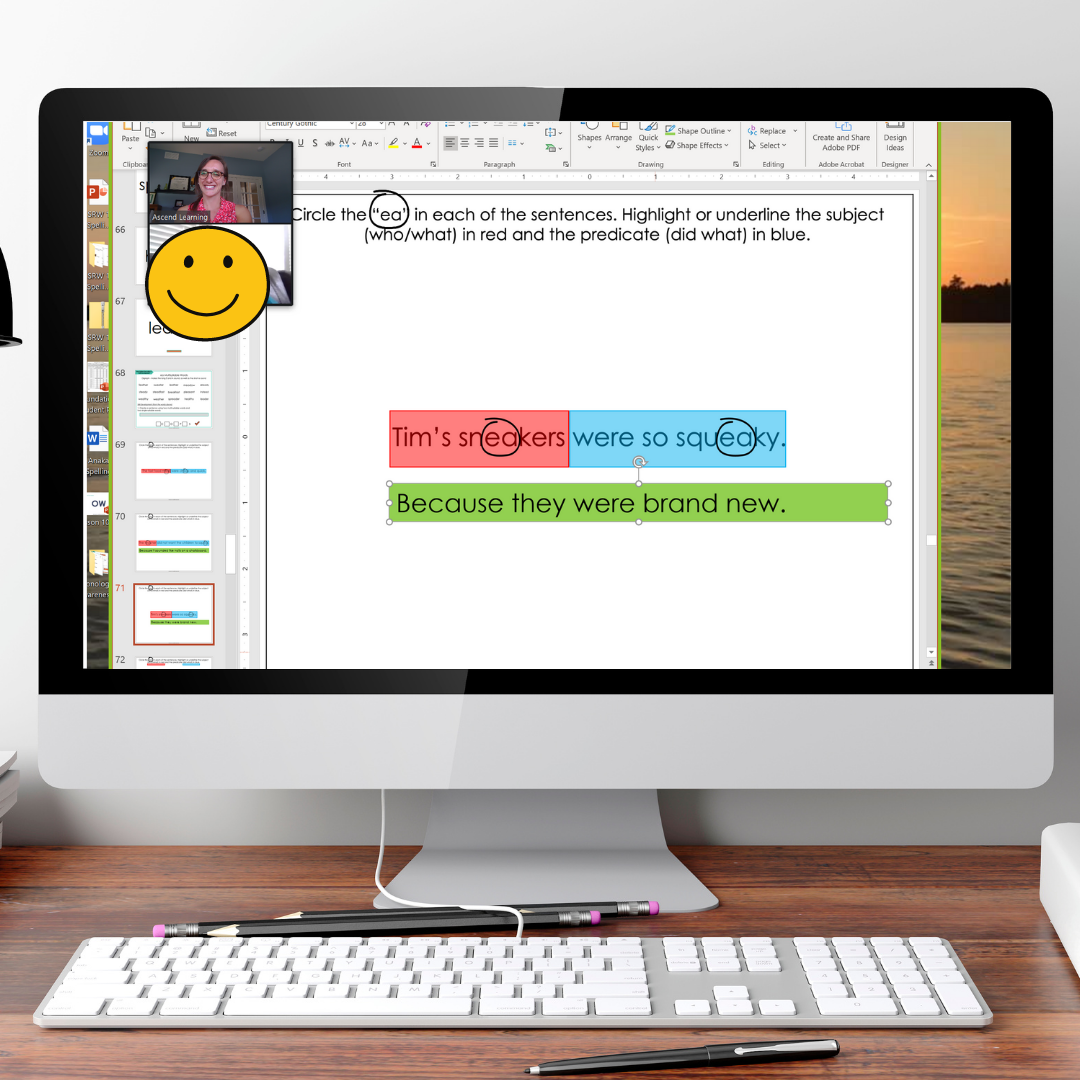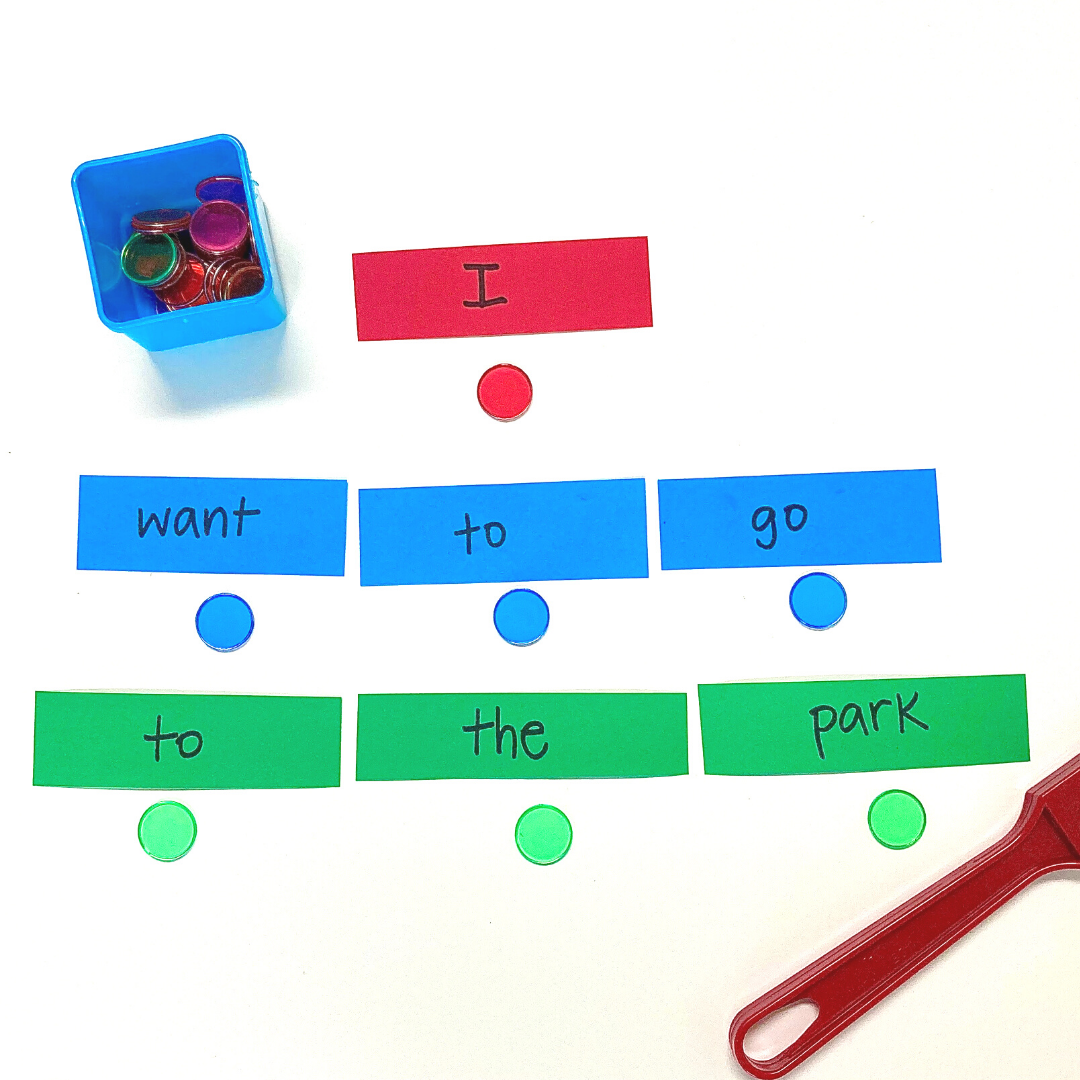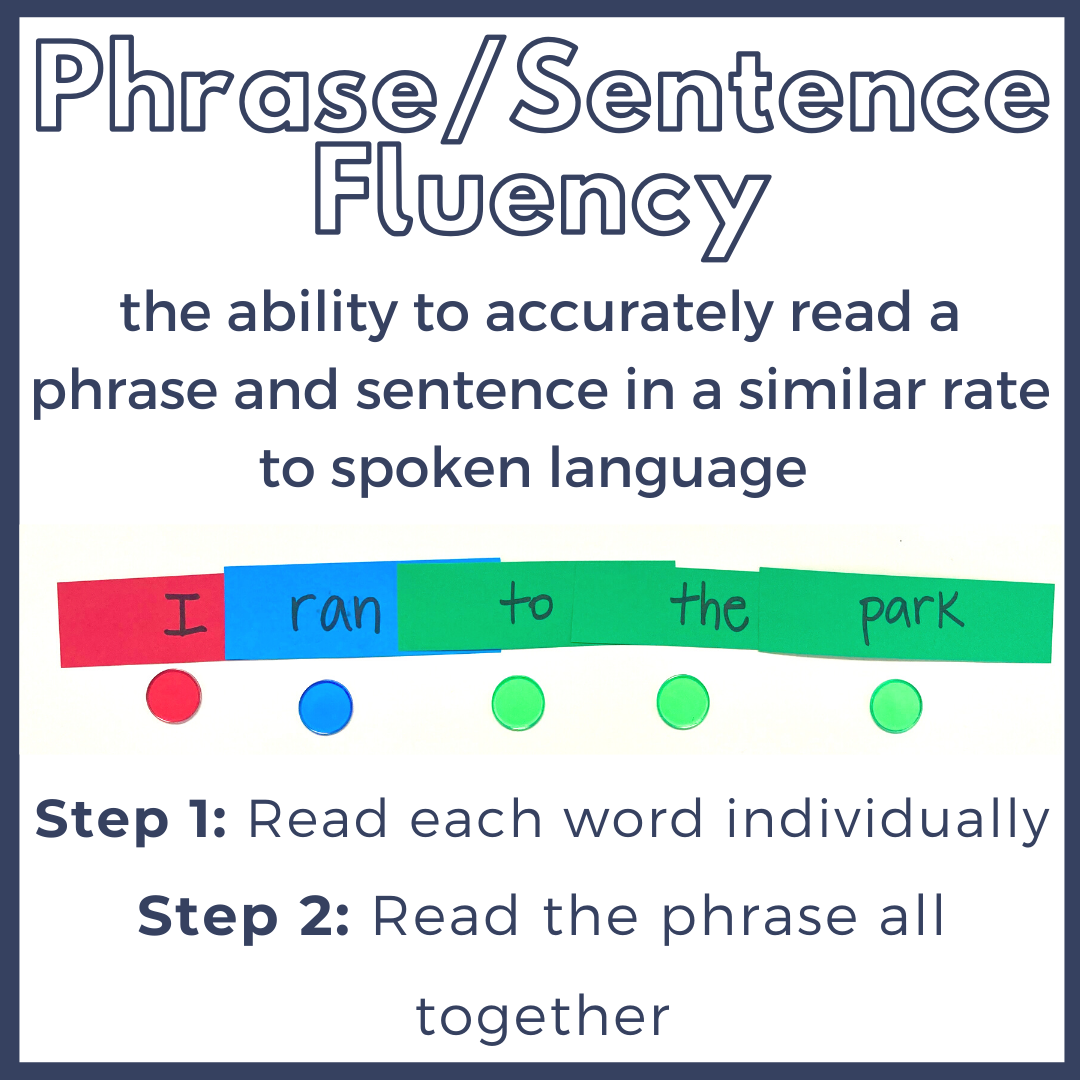How to Build Fluency & Comprehension with Sentence Reading
There are a lot of misconceptions when it comes to reading fluency and comprehension, including the fact that it is difficult to support, which means that students need to be reading faster, and is reserved for when they can read at the passage level.
Building reading fluency that supports comprehension doesn’t have to be difficult.
It also doesn’t have to be reserved for the passage level.
In fact, reading fluency and comprehension support should start prior to the passage level.
When working on building reading fluency, we of course can work on letter-naming, sound, and word fluency. These are all helpful when learning to read. However, we can’t stop here and then pick up with fluency again at the passage level and expect students to make meaningful fluency & comprehension gains.
In order to truly support students reading fluency & comprehension, we want to make sure we have strong instruction at the sentence level.
If students are reading at the sentence level, it is important that they have been working through a systematic progression of specific skills. Meaning, they have been following a scope & sequence that follows a cumulative approach.
The first thing we want students to do when working through their sentences is to find the key phonogram/morpheme from that lesson.
In this picture, you will see that the “aw” is circled. This snapshot comes from a lesson where the student was introduced to the “aw” vowel team.
Then, practice decoding each word individually. You can see in the picture that the student worked to divide multisyllabic words. If there are any words they can’t decode, we want them to be able to find these words & circle them. We want them to recognize that this is okay, and that understanding what you don’t yet know is a great skill to have. Once they have identified those words, we will provide them for them.
We want to make sure we have decoded the words first so that when it comes time to read the sentences as a whole, we can focus on reading fluently and not decoding.
Once all of the words have been decoded, we want students to break the sentence into “chunks” that will support their fluency and comprehension of the sentences.
First, we will have them find the subject (the who/what). You can see this highlighted in red in the picture.
Then, we are going to have them put the predicate (or the did what) together. Sometimes, we will need to break these up with them because the predicate can be long! In the picture, the “did what” is highlighted in blue.
We will also have them find the adverbial. This is the “why, when, where, or how” in the sentences. Not every sentence will have an adverbial. If your sentence doesn’t include one, adding one (as seen in the picture) can be a great expansion activity!
By reading these in “chunks,” it not only supports fluency, but it will also helps to support students’ comprehension.
Think about it - how often have you heard a student read a sentence and pause in a place that disrupts the overall meaning of the sentence, or, read the sentence as quickly as they could because they have internalized the idea that fluency = speed? Poor fluency is going to impact more than just the rate at which a child reads. It will also make what they are reading difficult for them to follow along with.
By reading sentences fluently (meaning at a pace that sounds like spoken language, including natural pauses within the sentence), it makes the sentences easier to follow and supports their overall understanding and comprehension.
If you are looking for resources to help support fluency, comprehension, and the other core components of literacy, then check out the 5CCL Activity Library. This library has an ever-growing bank of materials that you can use to target your instruction and help students practice and solidify these critical concepts. Learn more by clicking the button below!
Then, be sure to check out our video to get even more information about how to build fluency & comprehension with sentence reading.






